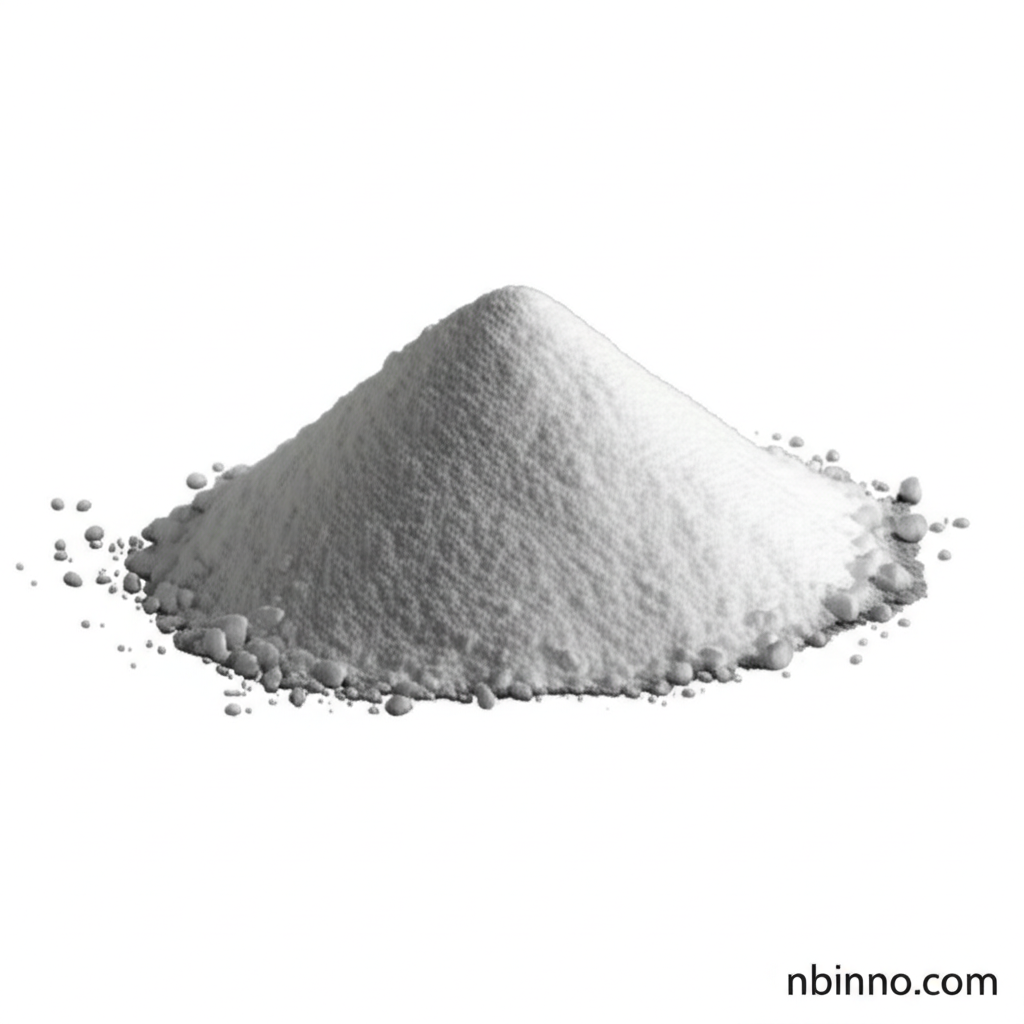Poly(3-dodecylthiophene-2,5-diyl): The Future of Organic Electronics
Unlock superior performance in OLEDs, batteries, and sensors with our high-purity semiconducting polymer.
Get a Quote & SampleProduct Core Value

Poly(3-dodecylthiophene-2,5-diyl)
A leading semiconducting polymer renowned for its exceptional performance in a wide array of electronic applications. Its unique molecular structure allows for efficient charge transport and tailored film morphology, making it indispensable for next-generation devices.
- Investigate the use of poly(3-dodecylthiophene-2,5-diyl) in OLED applications to create vibrant and energy-efficient displays.
- Discover the advantages of using this semiconducting polymer for electronics in rechargeable battery electrodes, enhancing energy density and cycle life.
- Learn how conductive polymers like this are vital for chemical and optical sensors, providing sensitive and selective detection.
- Explore the potential of buying poly(3-dodecylthiophene-2,5-diyl) for field-effect transistors and microelectrical amplifiers, enabling miniaturized and high-performance circuits.
Key Advantages
Exceptional Purity
Achieve optimal device performance with our high purity electronic grade polymers, ensuring minimal interference and maximum efficiency in your electronic components.
Versatile Solubility
Easily processable, this polymer exhibits excellent solubility in common organic solvents like chloroform, methylene chloride, toluene, and THF, facilitating its integration into various fabrication techniques.
Tailored Morphology Control
The polymer's structure allows for controllable morphology, a critical factor for enhancing charge carrier mobility and device efficiency in advanced applications.
Key Applications
Organic Light-Emitting Diodes (OLEDs)
Utilize this advanced semiconducting polymer for electronics to develop brighter, more energy-efficient OLED displays and lighting solutions.
Rechargeable Battery Electrodes
Enhance energy storage capabilities and battery longevity by incorporating conductive polymers for battery applications.
Chemical and Optical Sensors
Leverage the material's responsiveness for highly sensitive chemical and optical sensors, crucial for environmental monitoring and diagnostics.
Field-Effect Transistors (FETs)
Build next-generation microelectrical amplifiers and transistors with superior charge transport properties for advanced electronic circuitry.
